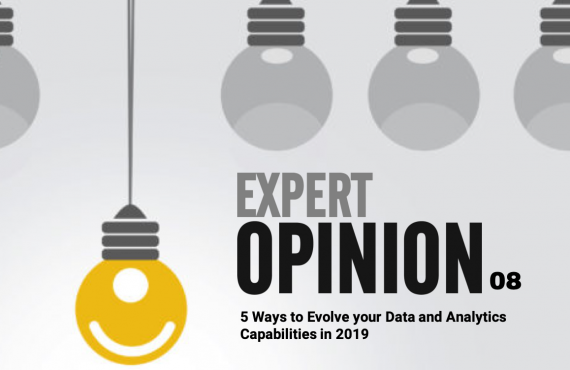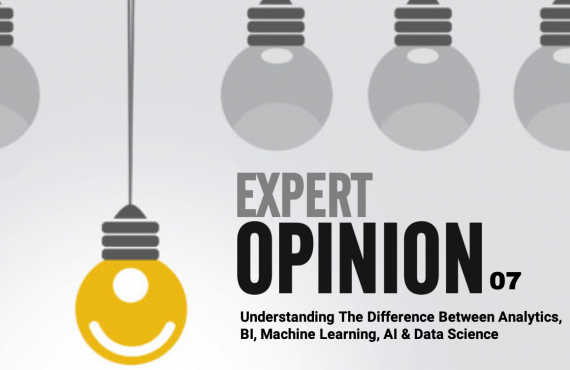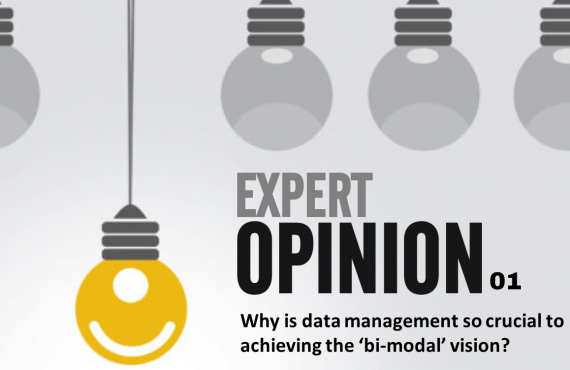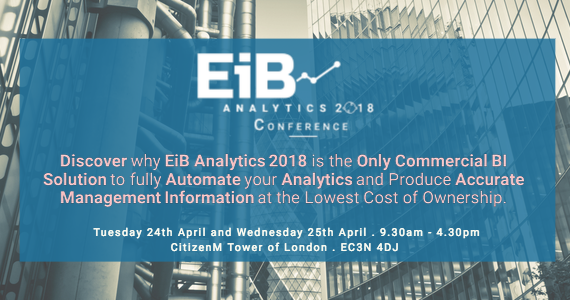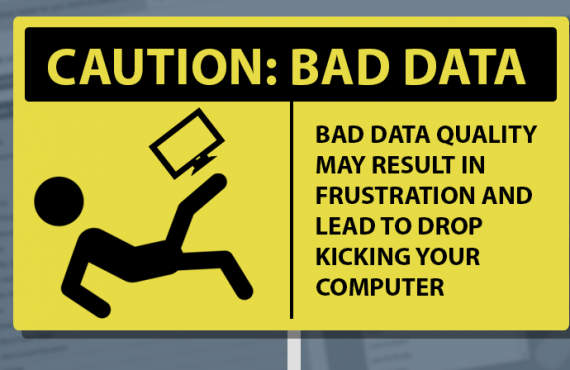It’s all well and good saying that you already have a ‘BI reporting solution’ in place for your business, but the truth of the matter is, that a reporting solution for advanced analytics alone quite simply cannot realise the true benefits of business intelligence for your organisation.
The reality of the situation is, that in order to harness the full potential of BI, you first need to ensure your approach is more of a methodological process. Once this is established, only then should you be adopting the technology (i.e. a BI solution) as a means of helping to define, track, and take action on your performance goals.
Essentially, you have to begin cultivating a culture of business intelligence throughout your organisation. And, only once you have begun engaging stakeholders from across the entire business, and created a roadmap from top to bottom, will you be able to begin leveraging the real value which a successful BI implementation can deliver.
Don’t get me wrong, this isn’t something you can expect to achieve overnight. Even in the most resourceful circumstances, the application of a BI strategy and solution is a long and arduous task for any business. It can take years to gather data, put the appropriate technologies in place, build the necessary skills, and embed the right analytical decision making systems into place.
Unfortunately however, the task doesn’t end there. With the sheer volume of data being produced in today’s frantic World, a lot of which is unstructured, this poses a real challenge to businesses in the areas of management and integration with their conventionally structured data.
Subsequently, there has been a huge growth in demand for advanced analytical tools. These tools far exceed the capabilities of traditional BI technologies, by using sophisticated modelling techniques to predict future events or discover patterns that could not otherwise be detected.
Their success has led to the global advanced analytics market becoming the fastest-growing segment of the business intelligence and analytics software market, having been forecasted by Gartner to surpass $1.6 billion by the end of 2017.
So, I bet you’re wondering how something you know next to nothing about, is suddenly the most talked about topic in BI? Well, it’s actually quite simple to understand why – advance analytics solutions have the capability to extract meaningful data and convert it into actionable insights from tremendously extensive unstructured data.
They allow you to pose predictive questions such as “why is this happening to my business,” “what if these trends continue,” or “what will happen next,” whilst also empowering businesses to optimize their performance, by asking questions such as “what is the best that can happen.” Essentially they are all about accuracy and efficiency in predicting and analysing data.
Thus, these tools allow you to make much faster and accurate decisions in your business strategies, with peace of mind that the data being used is both accurate and reliable.
I know this may all sound daunting to you, and expensive to implement on top of what you’re already investing, but don’t make such an assumption just yet. Let me get to the part about what this actually means for you and your business…
Well, first things first, take a look at the BI maturity scale below, and have a long hard think about where your business is currently positioned on the map…

More importantly, where would you like your business to be on the map in a year’s time…
Having been immersed in business intelligence for over 25 years, from my time at Sage heading-up their BI division to present day at Excel in Business where I’ve been involved with over 600 MI app deployments, I can safely say, that advanced analytics is the future of BI.
So, if you’re already harnessing your data to run reports then congratulations, you’ve made the first step towards creating an advanced analytical infrastructure which already positions you ahead of the majority of your competitors…
But as I alluded to earlier – you can’t just invest in a BI solution and expect good results. Knowing why BI projects fail is as important as understanding why they succeed!
In fact, studies have shown that even those with big data experience are not using the information to its full potential—only 38 percent of insurers see themselves as being very effective at turning data into insight (Platforms for Growth: Technology Innovations in the Insurance Industry, State Street and the Economist Intelligence Unit, 2014). And across all industries, the majority of companies are using analytics to look back, rather than forward.
This is one of the fundamental reason why I’m entirely committed to working in partnership with businesses is to develop their advanced analytics strategy. Empowering you to be in complete control of your data, and understanding it all, without the constant reliance on your IT or technical bods, is so important in maximising the potential of your BI tool.
EiB Analytics is a suite of automated management information applications that we’ve been developing at Excel in Business over the last 11 years, to serve this very purpose. It is an enhancement to the existing technologies and business operation models that you most probably already have in place, and enables these systems to diagnose pain points and foresee trends that quite simply could not have accomplished before.
What is even more assuring for users, is that EiB Analytics is a self-service analytical tool, enabling anyone in your business to build reporting apps, generate bespoke reports, and then perform queries all on their own, with nominal IT support. With everything managed within Excel, unquestionably the World’s most popular reporting platform, the solution is as affordable as it is reliable.
So, where do you go from here then? Well, here are a few tips on how to approach integrating advanced analytics into your business:
1. Look at the whole picture
Tapping into your disparate data sources and implementing advanced analytics will undoubtedly help you to stay ahead of the competition, improve your operational efficiency, streamline your financial management, improve the accuracy of your sales forecasting, and so on and so forth – the opportunities really are endless.
However, before investing in the necessary frameworks and software to achieve this, it is imperative that your organisation begins adopting an advanced analytics centered approach. This doesn’t happen overnight, but if you are able to at least undertake a holistic review of your internal financial and managing architecture, in order to evaluate whether your organisation is able to sustain the shift to an advanced analytics approach, then this is the first step towards achieving such paradigm.
2. Changing the company culture
There is no point investing in a self-service analytics tool unless you have complete buy-in and support from everyone who you expect to use the tool.
Making sure that you convey the long-term benefits of such a change, not only for the business as a whole, but for each of them as individuals, is fundamental if you’re serious about leveraging the full potential of a switch to using advanced analytics and prediction models.
3. Build Prediction Models
Traditionally, enterprises have long been using prediction models to identify trends and patterns in market shifts, consumer behavior, and business performance. However, with the introduction of advanced analytics, such prediction models should be constructed not starting with the data but with the identified business opportunities and weaknesses, so that you are determining how the model can actually improve performance.
This shift in paradigm for organisations can help you to narrow the gap between strategic and operational decisions covering business levels that are not traditionally in the hands of just one key stakeholder.
For example, instead of creating a complex product pricing strategy based on traditional data (historical sales data, price elasticity, market responses, competitors’ responses and so on), a company can develop a prediction model starting with the identification of factors that affect their sales, using data from other departments such as marketing, operations etc. Then, they can determine what data and what model would best deliver the necessary insights for them to make price-related decisions.
What must be kept in mind at all times when building such models, is that you need to keep things simple at the beginning of any project. It will be a natural progression to developing a more complex and thought provoking strategy as the project evolves, which would in turn refine the tool as a whole.
If you would like to discuss any of the points made in this article, then please contact us, as we would be very interested in understanding your organisation’s BI requirements and discussing our EiB Analytics solution with you further.






